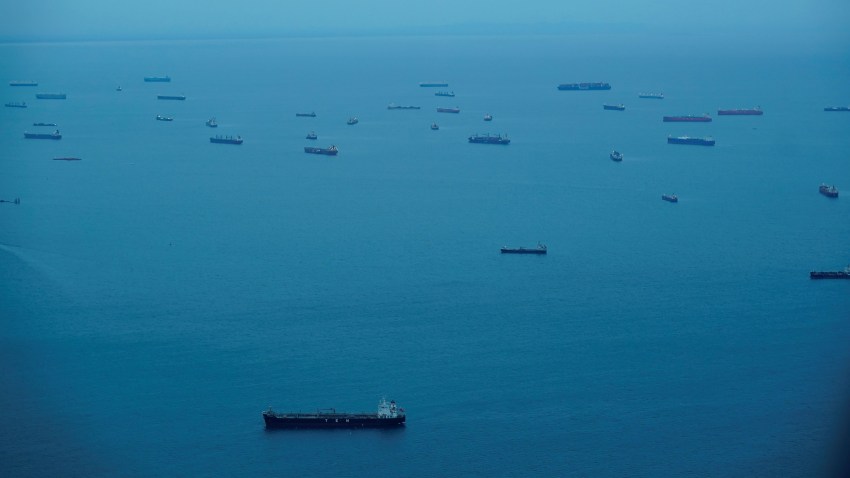As 2024 begins, two of the world’s most important shipping routes face threats that require a global response. Attacks by Yemen’s Houthis on commercial shipping in the Red Sea are forcing merchant ships to avoid the Suez Canal and instead navigate around the Cape of Good Hope in southern Africa. Meanwhile, low water levels caused by drought and climate change are forcing ships to avoid the Panama Canal and transit the Straits of Magellan in South America. The two challenges aren’t alike. But given their effects on global trade, it’s worth asking, What if we treated them with a similar sense of urgency, strategy, attention and resources?
In the Red Sea, Yemen’s Houthi movement has targeted container ships on their way to the Suez Canal. Claiming they are acting in support of Hamas in its fight against Israel, the Houthis have launched drone attacks against at least 20 shipping vessels while attempting to board others. WPR columnist Alexander Clarkson wrote about the issue last week, highlighting the Houthis’ interests in demonstrating their nationalism and gaining some leverage against Saudi Arabia, against which they are fighting a proxy war.
Given the threat, shipping companies have begun avoiding the region. Several insurance companies have stopped offering coverage for vessels passing through the choke point off the coast of Yemen. After an attack on one of its vessels, Maersk paused all shipments going through the Red Sea and rerouted some ships around the Cape of Good Hope. It’s a trip that adds 2,000 miles and 10 days of time, and can cost more than $1 million in additional fuel depending on the size of the vessel.

